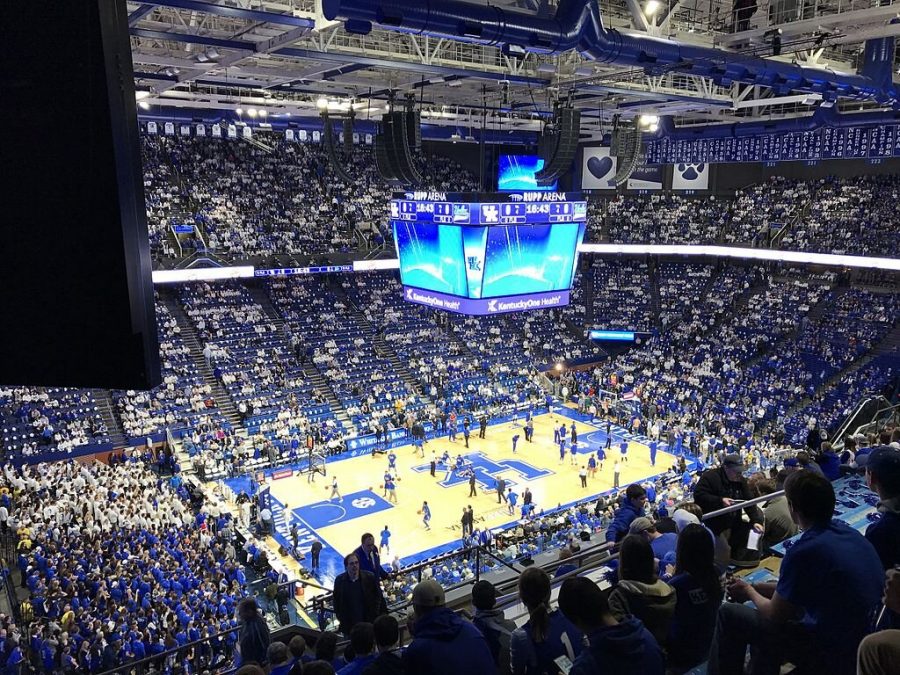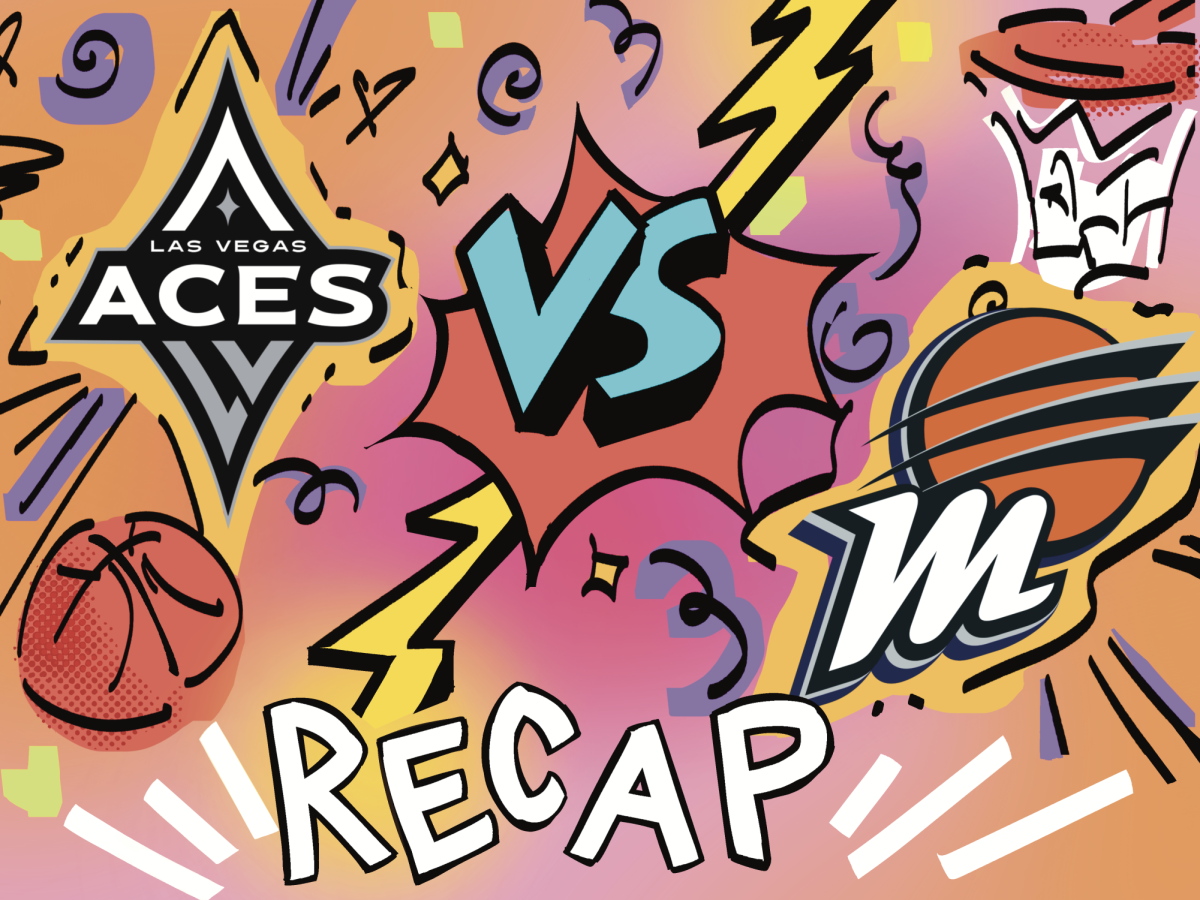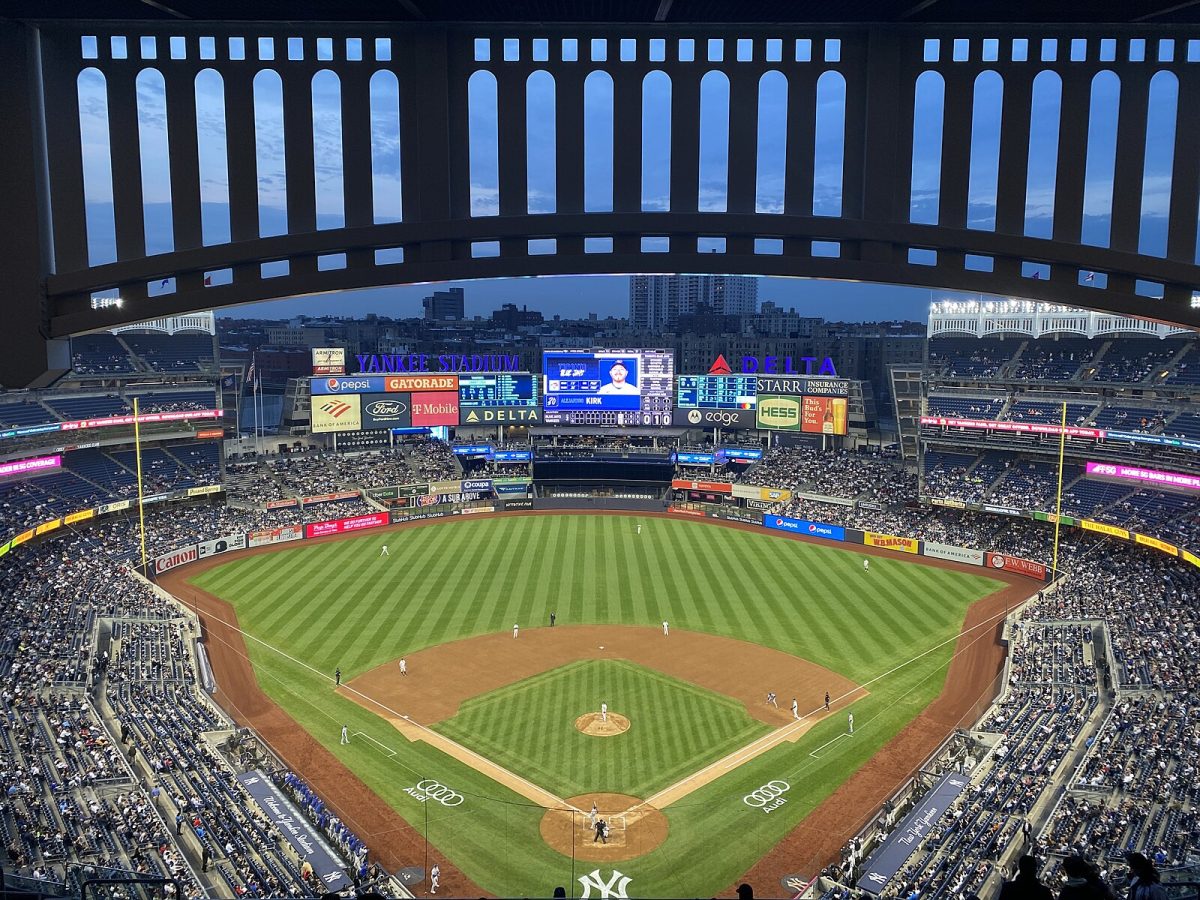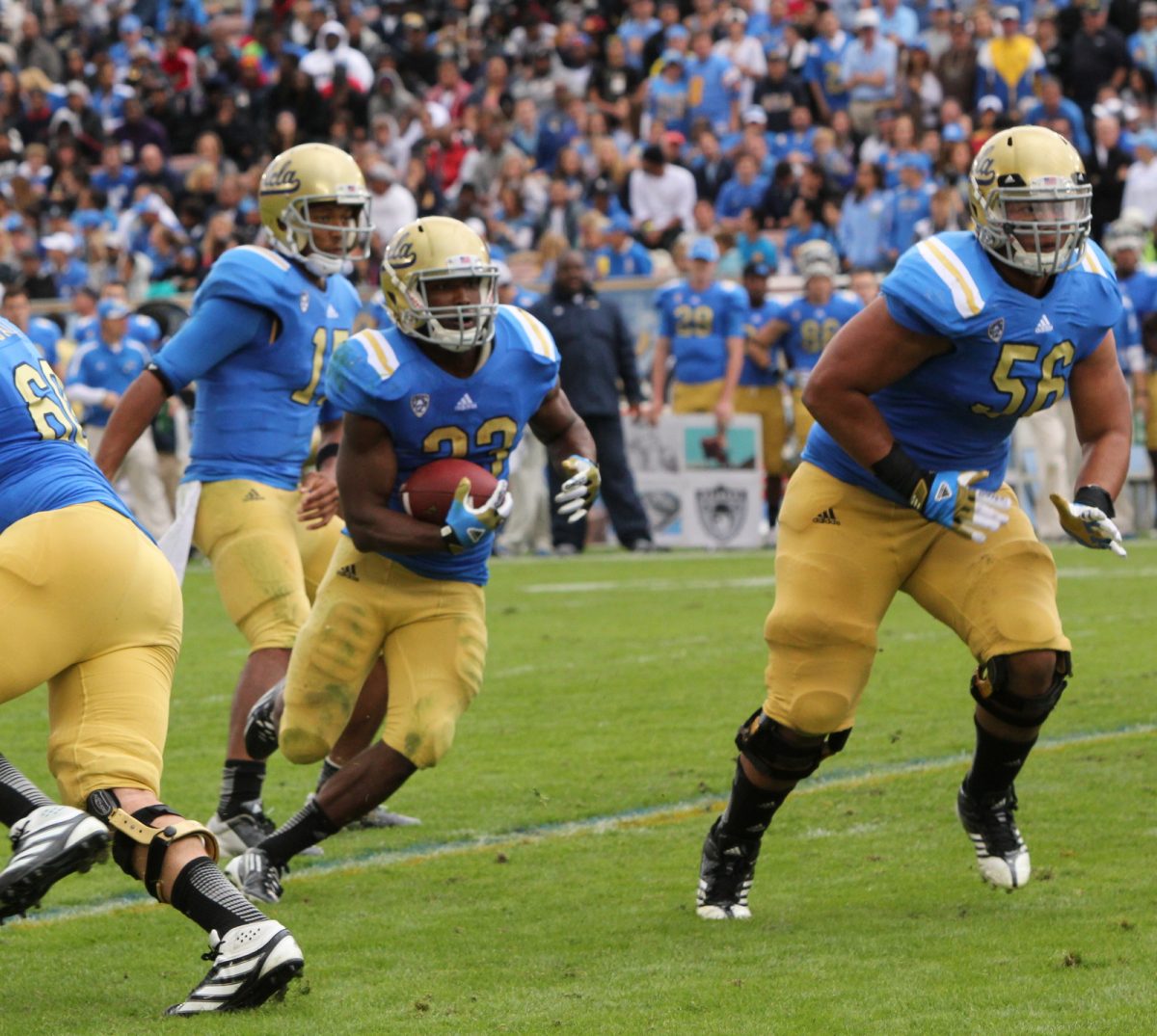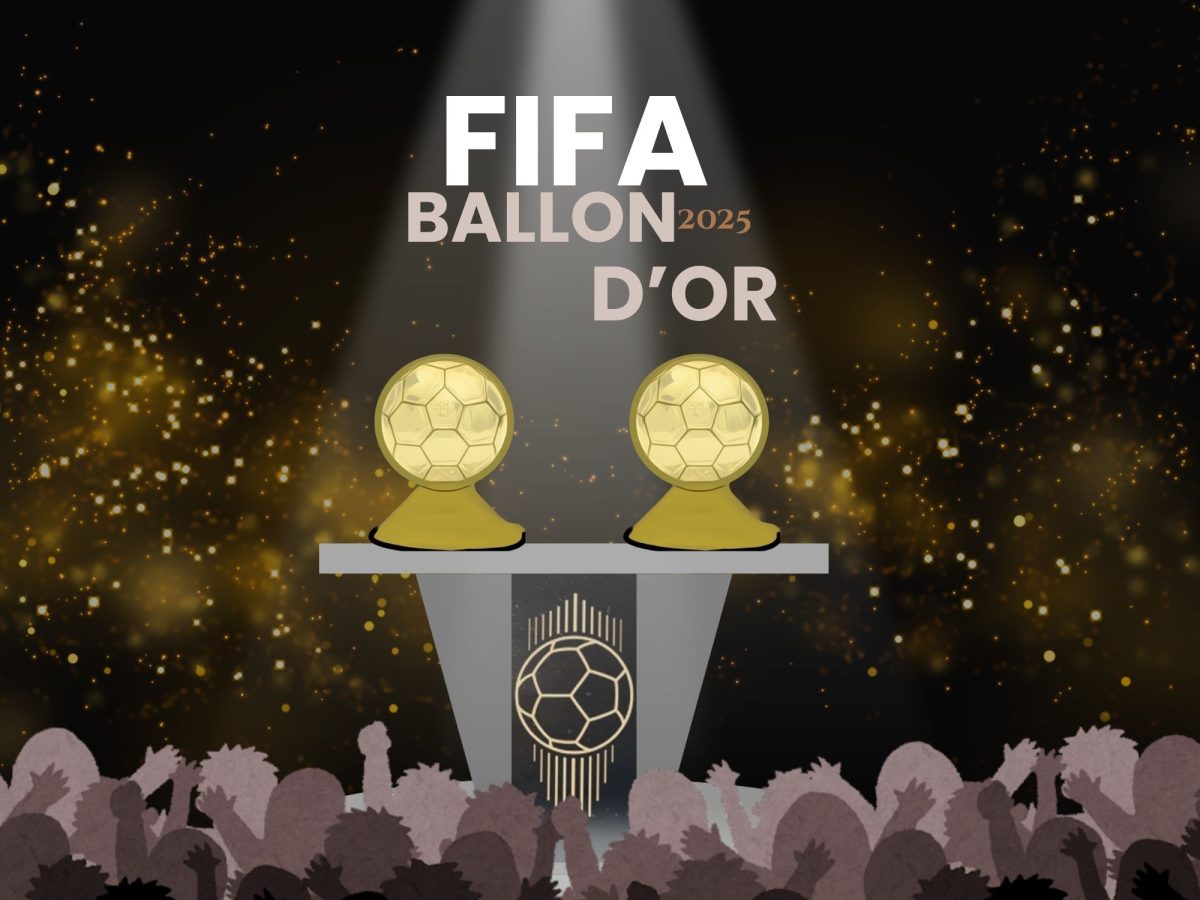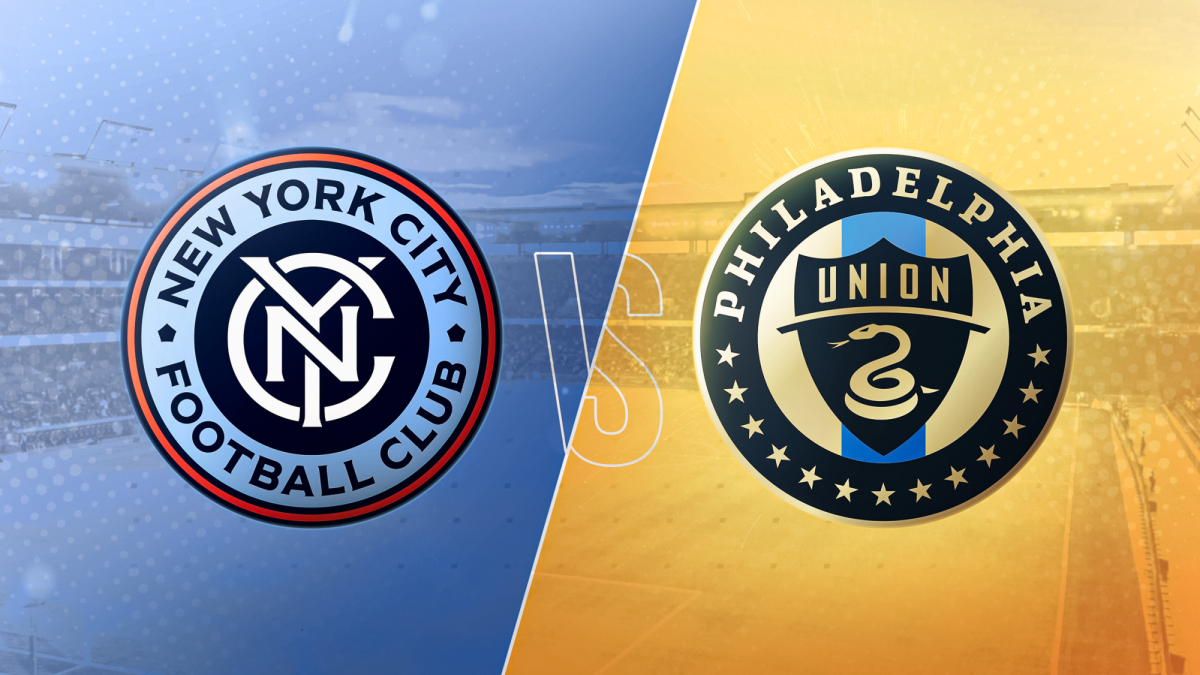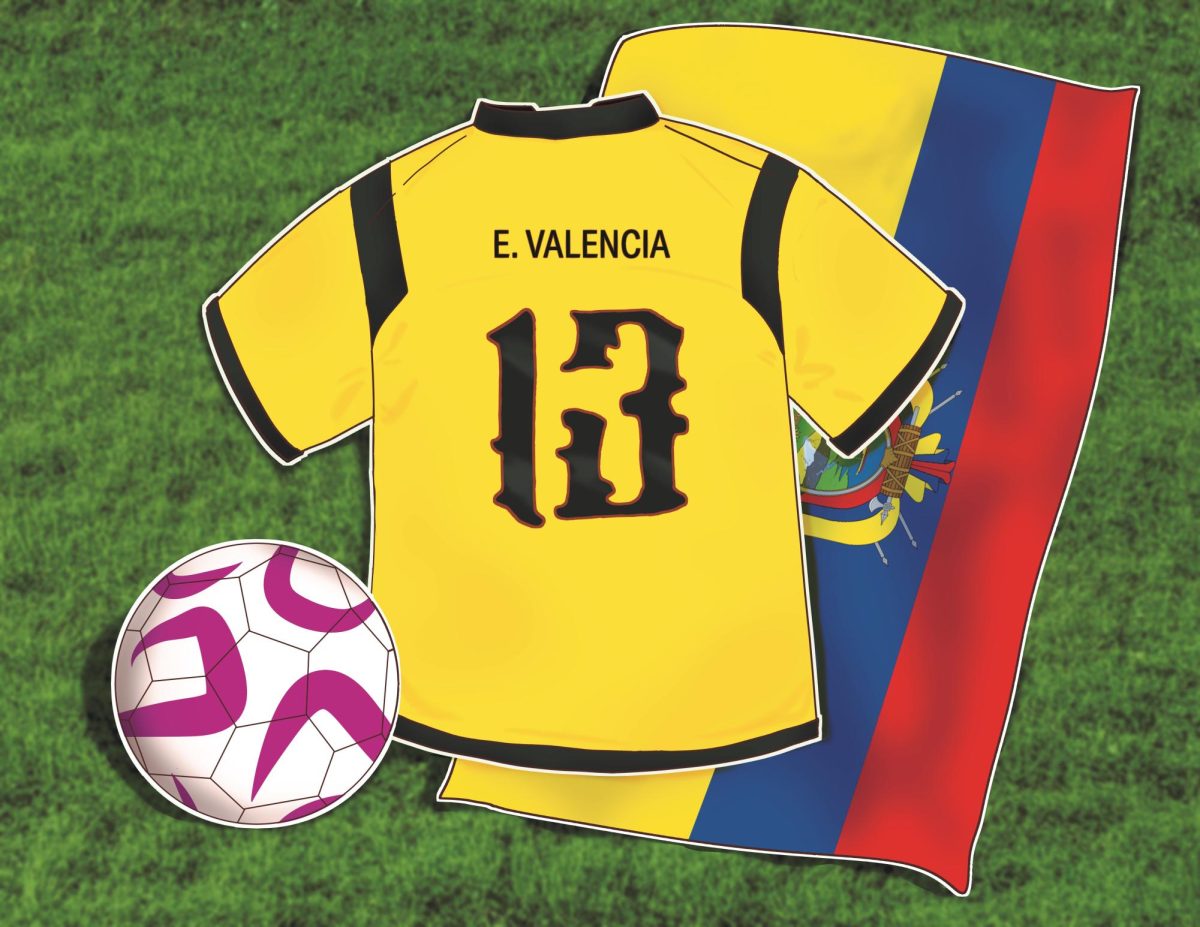Perhaps more than any other sport in the United States, basketball has always had to wrestle with the idea of college. Not necessarily with the idea of college basketball as an enterprise, as the pomp and circumstance associated with the NCAA Tournament on all levels has and will ensure its existence, but with the participation of the student athletes.
Basketball has seen an evolution, which started with players staying in college for at least three years, then developing into professional players for only one year. That was followed by players skipping college all together to go straight into the draft. While that strategy proved successful for some, such as LeBron James, others were not so fortunate, such as infamous bust Kwame Brown. Although the question of whether high-school athletes should be forced to go to college has made its bed in the hardwood consciousness, the debate has resumed in earnest, albeit with a new wrinkle.
Jalen Green, the top prospect according to the ESPN 100 — which ranks the top high-school basketball prospects in the nation — announced that he was forgoing college and signing with the NBA G League instead. Another top 15-ranked prospect, Isaiah Todd, also signed with NBA’s minor league, de-committing from the University of Michigan to do so. In his senior season, Green averaged over 30 points per game, along with 7.5 rebounds and five assists per game. The Prolific Prep product would have been projected to be a top lottery pick in this year’s draft if he were eligible, but he is definitely the early frontrunner for the first overall pick come 2021.
This decision from the McDonalds’ All-American comes on the heels of two highly touted high school players, LaMelo Ball and RJ Hampton, taking their talents to the National Basketball League of Australia and New Zealand. Playing for the Illawarra Hawks and the New Zealand Breakers respectively, Ball and Hampton elevated their draft stock while also making money.
The day that Hampton announced his intention to go overseas, NBA Commissioner Adam Silver immediately called the commissioner of the G League, Shareef Abdul-Rahim, to discuss how to keep top talent in the United States while getting them prepared for the pro-game. Last year marked the introduction of G League Select Contracts. These contracts were to be part of a “professional development program” that included “opportunities for basketball development, life skills mentorship and academic scholarship,” according to the G League’s website. In addition, players were to be paid $125,000 over a season spanning five months.
For this year’s crop of prospects, this program was revamped significantly. Green signed a contract with a base salary of $250,000 and has the potential to be worth anywhere between $500,000-$700,000. All prospects, including Green and Todd, will be placed in a developmental team that is outside of the rotation of other teams’ competitive schedule. This team will play against other G League teams, but purely for exhibition. The developmental team will also play against foreign teams and academies from the NBA. In terms of education, the prospects will be supported by coaches and veterans. In addition, Green will receive a full scholarship to college, if he chooses to attend.
“If you talk to a lot of the top high school seniors, all of them had options to go somewhere abroad, “ Commissioner Abdur-Rahim said in an interview with CNBC regarding the professional development path of the G League. “They were choosing between college or some international team. So, I think it addresses a need, an option for a young player that is looking for other opportunities.”
At this point, Green and Todd are tantamount to guinea pigs in an experiment. However, if prospects transition from the G League to the NBA successfully, this can create problems for college basketball. For years, coaches such as John Calipari and Mike Krzyzewski have thrived on the “one-and-done” rule, bringing in NBA-ready prospects with the promise of college being a mere stepping-stone to a career in the association. Additionally, colleges such as the University of Kentucky and Duke University constantly compete for national championships using top prospects, while those same prospects cannot even take a meal without being busted for NCAA violations.
Players have two choices now, either go to college or go pro immediately. In college, players can gain more exposure to scouts and general managers in the NBA but are primarily under the control of the university and the NCAA. Going pro takes away the support system of the college game, but it allows the athlete to make money immediately. Sponsorship deals, agents and salaries are now possibilities for these younger players.
For many players, basketball is a way to provide for their families. Combined with the general allure and temptation money provides, college is proving to be a hard sell, especially with the new G League. Hypothetically, the NCAA could change this by paying its student-athletes, but that is an argument for another time.
The question of whether college is necessary for a high-school athlete on the hardwood will not be resolved easily. Even now, the NBA has reached an impasse with the NBA Players’ Association regarding the abolishment of the “one-and-done” rule. However, the reality of the situation is that the G League is just another opportunity for high school basketballers, especially elite prospects, to bypass college and allow themselves to make money immediately while building their brand.


